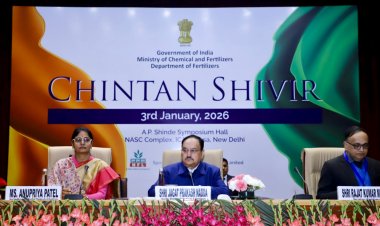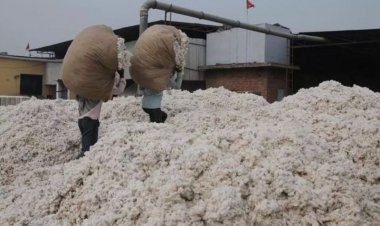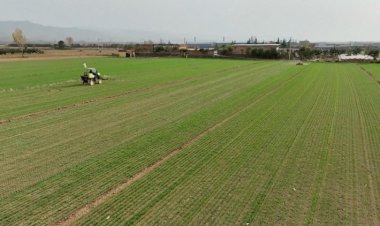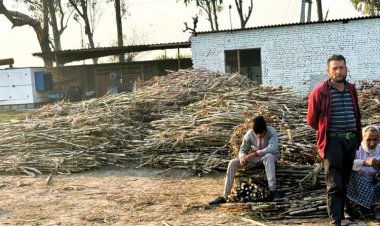Punjab, Haryana save govt: procurement of wheat to cross 250 LT averting crisis
Till April 28, the government procurement of wheat had reached 213.10 lakh tonnes. Last year (2022-23), the total government procurement of wheat was 187.92 lakh tonnes. About half of this year's procurement is from Punjab and about a quarter from Haryana. Madhya Pradesh had reached close to Punjab in the last few years, where the government procurement of wheat this year has been less than that of Haryana. Rest of the states together may not even be able to touch the figure of 10 lakh tonnes in the entire season.
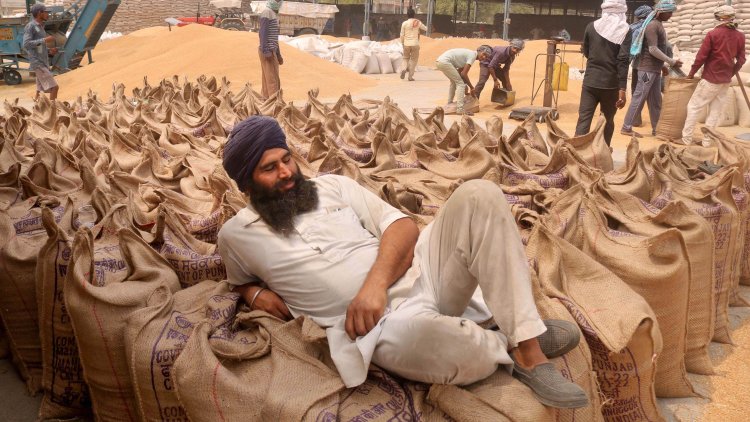
After facing a difficult situation last year, the government seems to be getting relief on the wheat front this year. If we look at the trend of government procurement so far, the procurement of wheat (2023-24) is estimated to be more than 250 lakh tonnes in the current rabi marketing season.
Till April 28, the government procurement of wheat had reached 213.10 lakh tonnes. Last year (2022-23), the total government procurement of wheat was 187.92 lakh tonnes. About half of this year's procurement is from Punjab and about a quarter from Haryana. Madhya Pradesh had reached close to Punjab in the last few years, where the government procurement of wheat this year has been less than that of Haryana. Rest of the states together may not even be able to touch the figure of 10 lakh tonnes in the entire season. Uttar Pradesh is also the largest producer of wheat among them. The total procurement in these states has not even reached 2.5 lakh tonnes.
Wheat crop was adversely affected in March last year due to a sudden rise in temperature. Since the beginning, the prices in the market were ruling above the minimum support price (MSP) of Rs 2,015 per quintal. This is the reason why the government procurement of wheat was stuck at 187.92 lakh tonnes even after the government banned the export of wheat and relaxed the procurement norms. At the same time, by December, 2022 the price of wheat had crossed Rs 3,000 per quintal.
Read This Also: Govt to ban sugar export, notification soon as output may drop by 32 lakh tonne
Worried over this scenario, the government upheld its ban on the export of wheat. Along with this, about 40 lakh tonnes of wheat was also sold under the open market sale scheme from January to March, 2023 due to which the prices of wheat fell. This time the MSP of wheat is Rs 2,125 per quintal.
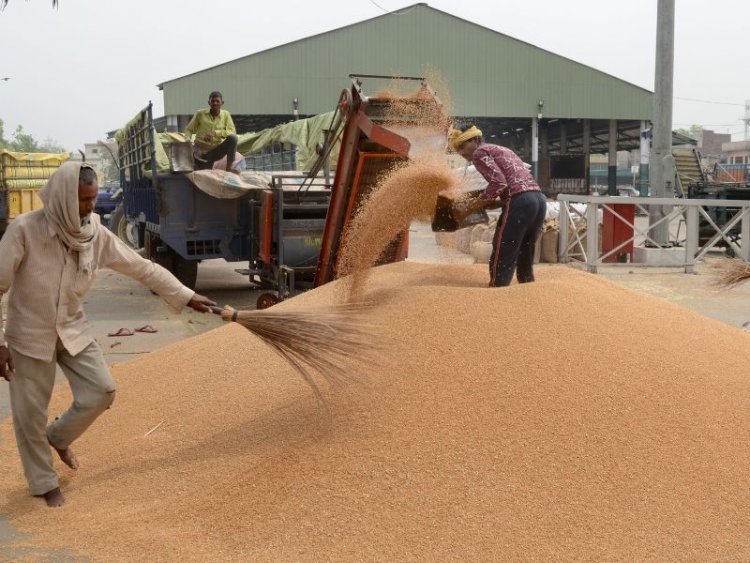
This year's crop has been affected by untimely rains in the second half of March causing damage to crops in Punjab, Haryana, Uttar Pradesh, Rajasthan and Madhya Pradesh. This year also wheat crop is not normal, but this loss is less than last year. In an informal chat with Rural Voice, a senior official said, “I believe around 10 per cent of the crop has been damaged and in the damaged crop, production has been affected up to 30 per cent. In such a situation, the production of wheat will be around 108 million tonnes. At the same time, the Ministry of Agriculture has estimated a production of 112 million tonnes."
The Crop Cutting Experiment of the Agriculture Department of Punjab, which has given the maximum wheat to the central pool, has estimated that the yield of wheat this year has been 47.7 quintals per hectare. This is better than last year's 42.17 tonnes per hectare but lower than the previous three years' levels of 50.08 quintals, 51 quintals and 51.88 quintals.
Read this also: Farmers must focus on climate resilient crops: G20 note
It is clear from this that this year's crop is weaker than normal. However, more results are yet to come. Some experts are saying that the level of yield is expected to be up to 47 quintals in the final result. Despite this, according to the data till April 28, 2023, in the total government procurement of 213.12 lakh tonnes of wheat, 99.86 lakh tonnes have been procured from Punjab. It was 85.71 lakh tonnes last year till the said date.
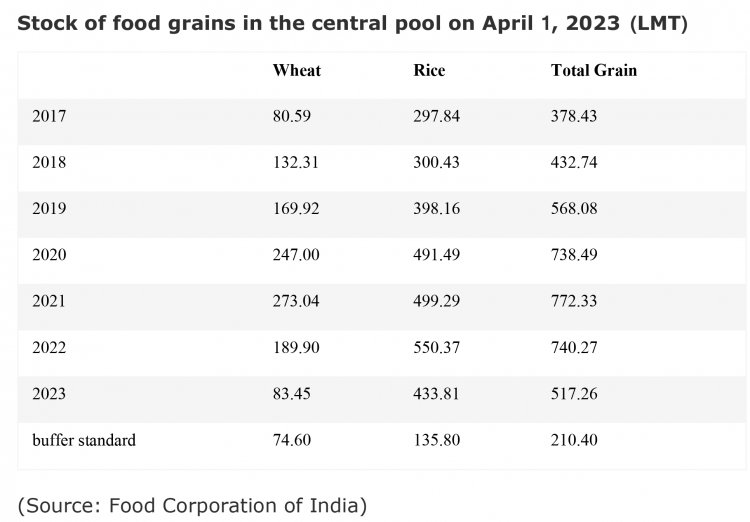
On the second number, government procurement of 56.73 lakh tonnes has been done in Haryana. On the other hand, in Madhya Pradesh till the said date, the government has procured 54.47 lakh tonnes of wheat. Government procurement of wheat in Uttar Pradesh, the largest wheat producing state, has reached only 1.19 lakh tonnes. Only 82,770 tonnes of wheat has been procured by the government in Rajasthan, 1,568 tonnes in Himachal, 255 tonnes in Bihar and 145 tonnes in Uttarakhand.
The government has set a government procurement target of 341.50 lakh tonnes for the current season. There is very little chance of its completion. A target has been set for government procurement of 132 lakh tonnes of wheat from Punjab, 75 lakh tonnes from Haryana, 35 lakh tonnes from Uttar Pradesh and 80 lakh tonnes from Madhya Pradesh.
In Punjab, the procurement likely to reach around 12 million tonnes. In Haryana and Madhya Pradesh, it is expected to remain around 60 lakh tonnes each. In such a situation, if the rest of the states reach even 10 lakh tonnes, then the total wheat procurement of the current rabi marketing season is likely to be a little more than 250 lakh tonnes.
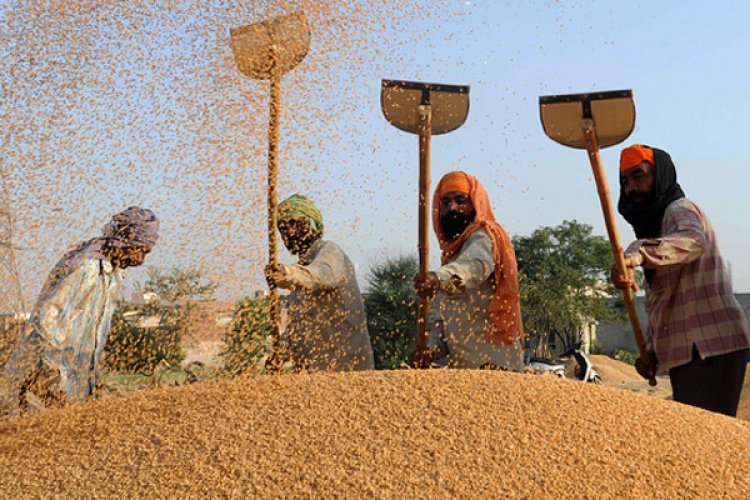
Although the situation is better than last year when (in 2022-23) government procurement of 187.92 lakh wheat was the lowest since 2007. In the year 2007, it was 111.3 lakh tonnes.
Due to this, the stock of wheat in the central pool has come down to 83.45 lakh tonnes on April 1, 2023, which was the lowest after 2017's 80.59 lakh tonnes. This is marginally higher than the buffer norm of 74.60 lakh tonnes for April 1.
That too when the government increased the share of rice in the allocation under the Public Distribution System (PDS) in the latter few months of the last financial year. The current figures make it clear that the government is getting relief from food inflation front only through better production and government procurement in Punjab and Haryana. This fact proves why both these states are important for the food security of the country.
Cereal inflation had shot up to 15.27 per cent in March 2023 due to fall in production last year, while the general inflation stood at 5.66 per cent. To keep food prices under control, it is necessary for the government to have more stocks. In such a situation, due to improvement in the procurement of wheat this year, both the government and the Reserve Bank of India, which is responsible for controlling inflation, will get relief.
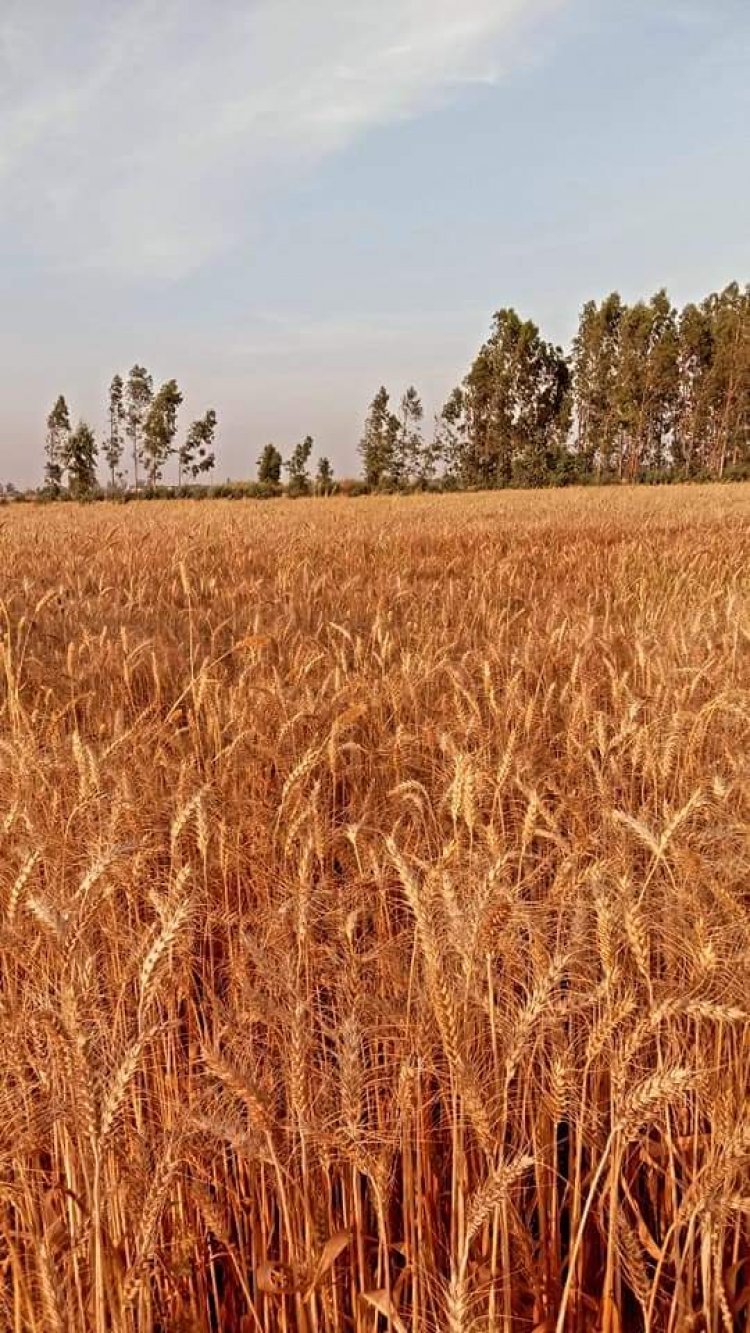
However, the growing possibility of El-Nino has raised questions on the forecast of normal monsoon this year. In an April 13 report by the US National Oceanic and Atmospheric Administration (NOAA), the probability of El Nino occurring between May and July is 62 per cent. The June to August period has a 75 per cent chance and the July to September period has an 82 per cent chance of El Niño.
Monsoon is affected in India in the event of El-Nino. Abnormal monsoon may adversely affect rice production. In such a situation, there has been some relief on the wheat front. On the other hand, if monsoon is not normal, then rice and other kharif crops, including oilseeds and pulses, can create difficulties on the inflation front.



 Join the RuralVoice whatsapp group
Join the RuralVoice whatsapp group


















